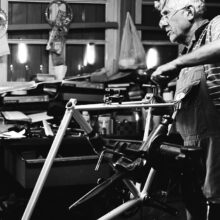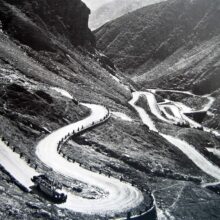The life cycle assessment
of our garments
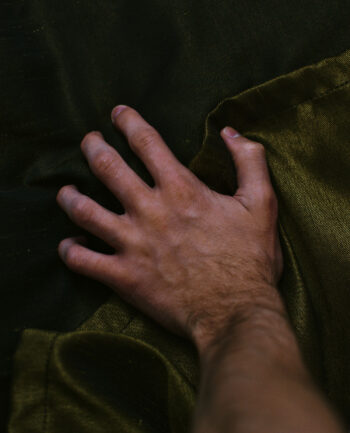
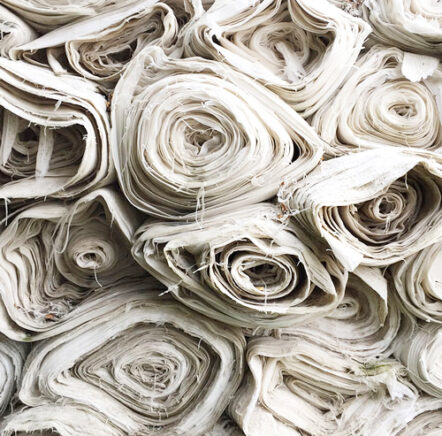
Anyone who wants to assess the sustainability of a garment sets out to study a long production chain that begins with the cultivation or production of the fiber and ends at the moment when the customer decides to dispose of the garment. Not easy, not always as clear as one would like, and not always the official way is the most efficient. And yet, with our clothes we pollute the environment. That’s why we at Le Picot try to keep this burden as low as possible and give a positive impulse to society and economy.
We assess the sustainability of our garments and our processes in the following areas. We try to be best-in-class in all areas:
Carefully and sustainably produced fibers
Fibers create the basis of clothing. Vegetable fibers such as cotton are cultivated. That is why we use raw material from organic production whenever possible. Wool or silk is obtained from animals. Here we control aspects of animal welfare. For example, we avoid the painful «mulesing» with merino sheep. Finally, fibers are also produced synthetically. This may sound unsustainable, but it can make sense. Here we are looking for fibers that are produced as environmentally friendly as possible.
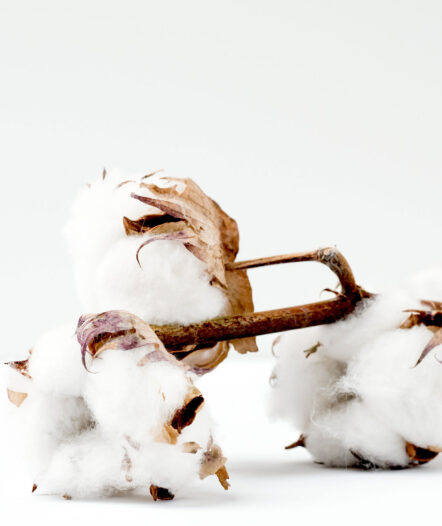

The inside of our Flon T-shirt is made of merino wool
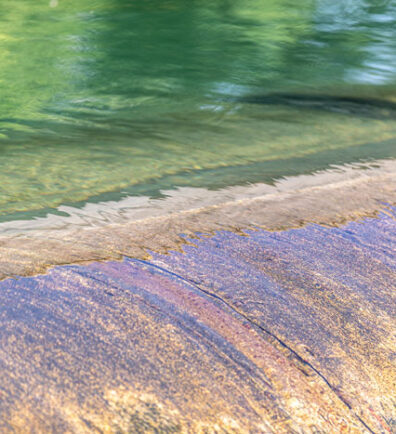
Energy and water consumption
The cultivation of fibers and the processing of textiles is associated with large consumption of water. Organic cultivation optimizes water consumption and, above all, pollutes the environment less. But that’s not always enough: cotton, for example, requires an extremely large amount of water for cultivation and processing. So much water that a conventionally grown fiber sometimes pollutes the environment less than organic cotton. This is why we also use alternative fibers such as bamboo or viscose. Furthermore, we prefer fabrics whose treatment and finishing processes do not involve unnecessary or highly polluting processes.
Recycling and upcycling
At present, more and more fibers or fabrics are entering the market that come wholly or partly from recycling or upcycling. For example, 16% of the fibers in the denim we use for our Rivera jeans come from old textiles. This greatly reduces the environmental impact of processing and production. That is why we are trying to increase the proportion of such fabrics.
The attitude of a producer is at least as important as ticking off all conditions for an eco-label.
Pollutant balance
Tanning or dyeing can have a very high environmental impact. This is why we do not use leather for trouser labels, for example. There are also natural dyeing processes. These dyes often do not last very long, which calls into question the acceptance and durability of a product. The surface treatment can also pollute the environment. Whether the chemical-free alternatives (plasma treatment) are ultimately better in terms of the ecological balance, is a matter of dispute among experts and we are unable to provide clear answers. That is why we sometimes have to make compromises here.
Longevity
The longer I wear a garment, the better its environmental balance. That’s why in Slow Fashion we aim not to produce new, cheaply produced clothes all the time, but high-quality clothes with more classic cuts that can be worn for a long time. And we also support longevity by using fabrics that make clothes last longer. That’s why our trousers, for example, are made water-repellent in an environmentally friendly way or reinforced with polyester threads produced from waste bottles from coastal regions so that they bulge less and last longer.

Transport routes
Fashion has become a global commodity, where a corporation supplies the raw material from one continent to another, garments travel long distances from factory to factory in the process of creation. We minimize these distances considerably: yarns and fabrics from Switzerland, Italy or Spain, production in small workshops in Portugal and Spain and then directly to you.
Fair working conditions and development prospects
The production in the mentioned countries enables us to know the local conditions and to exclude unworthy working conditions. And by placing orders in the periphery of Europe, we can keep the centuries-old tradition of clothing production alive there. We want to know our producers. Because the attitude of a producer is at least as important as ticking off all conditions for an eco-label.
